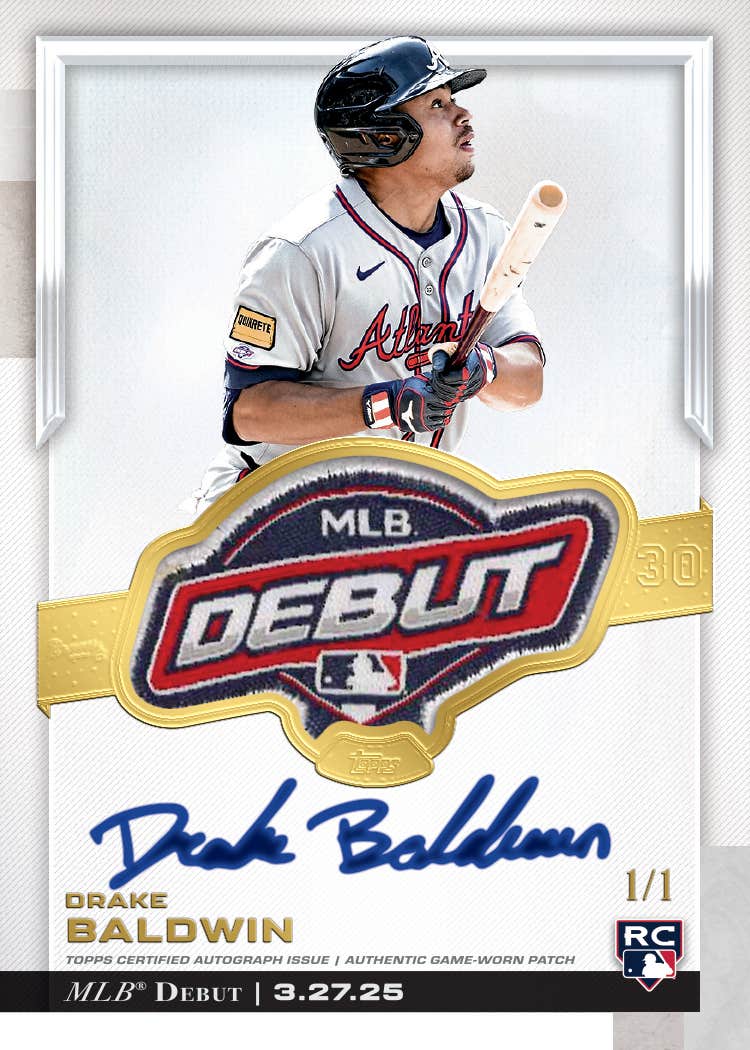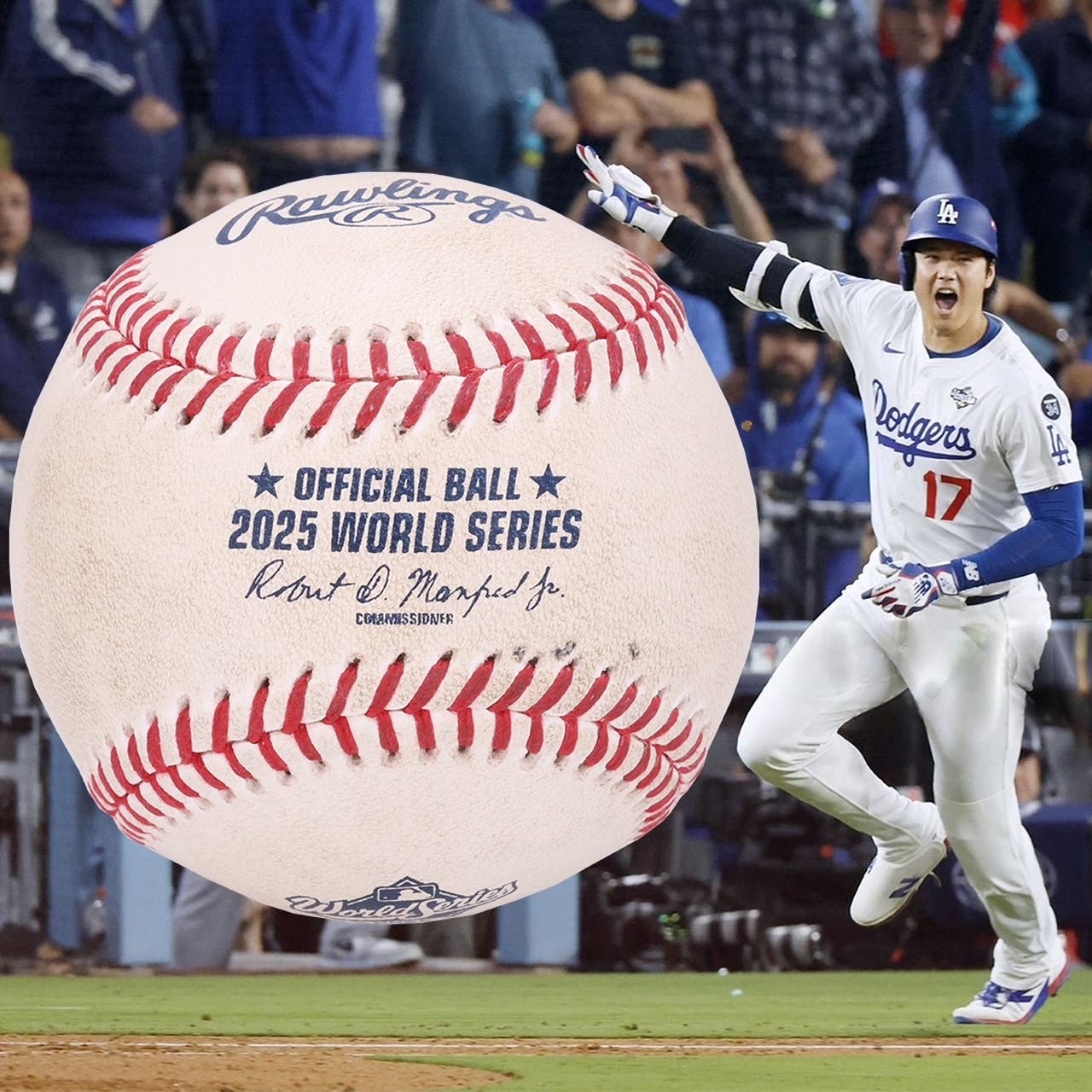Features
Gerald Ford: The Presidential and Sports Signature
By Ron Keurajian
I know I am getting better at golf because I am hitting fewer spectators.
– President Gerald R. Ford
Gerald Ford was the 38th President of the United States. On Aug. 9, 1974, Ford ascended to the presidency upon the resignation of President Richard Nixon. Ford remains the only un-elected president in American history. The image most Americans my age have of President Ford is of him tumbling down the stairs of Air Force One. It sealed his fate as a klutz. It is, therefore, ironic that Ford was the most athletic man ever to sit in the Oval office.
Ford played football for the University of Michigan from 1932-34. He excelled as a linebacker and center. He was offered a contract by the Detroit Lions to play pro football but turned it down in favor of law school. Ford was also rather skilled pugilist, serving as a boxing coach at Yale.
Most presidential signatures are limited to letters, government documents and photographs. A presidential signature with a sports association is a good find. Richard Nixon, Ronald Reagan and George H. W. Bush would, on occasion, sign items related to baseball or football, but these items are relatively scarce. Ford, on the other hand, loved to pen his John Hancock on sports items. He was one of the few presidents to autograph footballs and would sometimes add stunning inscriptions such as “University of Michigan, Center, #48.” He would also sign commemorative football cards and mini U of M football helmets, which are highly prized by collectors.
Gerald Ford, the signer
Ford was a willing and gracious signer. The autograph collector had no greater friend than Gerald Ford. He signed countless items for collectors, from photos to first-day covers to BEP engravings and all points in between. The market inventory of Ford material is just about limitless; this keeps prices in check and forgers at bay. It is generally not worth a skilled forger’s time to create a forgery, only to get $50 for it. This rule does not apply to the world of sports memorabilia, however, where Ford-signed material has much more value and is commonly forged.
Fortunately for collectors, Ford’s signature is extremely difficult to forge. Of the presidential signatures, only Chester Arthur’s autograph is more difficult to replicate. Well-executed forgeries of Ford are limited to one forger, who creates some stunning forged handwritten presidential oaths of office. I can recall one such forgery selling for close to $15,000.
Well-executed forgeries of Ford on paper items such as football cards are basically non-existent. The same cannot be said for sports equipment. Ford would sign baseballs for collectors, and on rare occasion, would even sign baseball bats. Signed baseball equipment is in high demand and targeted by forgers. Most Ford-signed baseballs and bats are the product of forgery, easily 95 percent. Many have been wrongly certified as genuine by the major authentication companies, so caution is warranted.
Over the past couple of years, a flood of forged AL and NL baseballs has hit eBay. Most forged baseballs contain a mis-scaled signature. Forgeries tend to be large, tall and blocky in construction. Note the illustrated specimen: it is signed as “Gerald R. Ford.” The signature exhibits good length with marginal height. It appears slightly small on the sweet spot. This is how a genuine Ford signature should appear on a baseball.
Compare this baseball to the ones for sale on eBay. There is a material difference in the size and construction of the signature. Large blocky signatures and those signed as “J. Ford” should be avoided in total.
The general rule is if you run across a piece of signed sports equipment, it is very likely forged. Ford also signed a handful of 8-by-10 photos featuring Ford with Reds Hall of Famer Johnny Bench; a dual-signed photo is very scarce.
The sport President Ford is best remembered for is golf. He often paired up with Bob Hope, which made for a legendary golfing duo. Ford signed golf material is in great demand. Signed golf balls are scarce and, like baseballs, most are forged. Again, easily 95 percent are fake. Signed golf clubs are rare in any form. Ford signed scorecards exist and make for wonderful association items. Signed Todd Mueller Enterprises golf cards are uncommon-to-scarce and are highly prized. Dual-signed material with Hope is rare. The occasional signed photo will surface, but they are quickly snapped up by collectors.
When it comes to Ford signed sports memorabilia forgeries exist in quantities, so keep a sharp eye.
Ford is the most common of all presidential autographs. Signed material still remains affordable. Formal portrait 8-by-10 photographs sell for $50. Certain pieces, however, are quite pricey. For example, an ALS with Warren Commission/Kennedy assassination content should sell for as high as $5,000. Signed copies of the Nixon pardon, which Ford did not like to sign, are also highly valued at $2,000. Ford franked envelopes for collectors; these are rare and sell for around $1,500. Just about all free franks and Nixon pardons in the market are forged.
Football or golf-related 8-by-10 photos are valued at $200-$250. Dual-signed photographs with entertainer Bob Hope sell closer to $500. Signed golf balls sell for $300-$400. Baseballs are valued at $400-$500. Signed baseball bats are valued at $1,500. Signed footballs are usually signed with his position, jersey number and the team he played for, and are valued at $1,000. Mueller Enterprises cards, golf score cards and commemorative Michigan football cards are valued at $150-$175. The above referenced Bench photo signed by both can be purchased for $250-$275.
President Ford was featured on the cover the July 8, 1974, edition of Sports Illustrated; a signed copy will sell for $100-$125. A signed boxing glove is very rare. I have only examined one genuine specimen, usually associated with his days at Yale. I estimate a value of $1,250-$1,500.
Autographically speaking, Gerald Ford is one of the most significant of presidents. He signed material that no other president would sign, providing collectors with treasured pieces of sports history. Ford sports-related material is highly valued and should prove a fine investment in the years to come.
Ron Keurajian is a long-time contributor to Sports Collectors Digest and the author of the award-winning “Baseball Hall of Fame Autographs – A Reference Guide” (McFarland Publishing, 2012).








